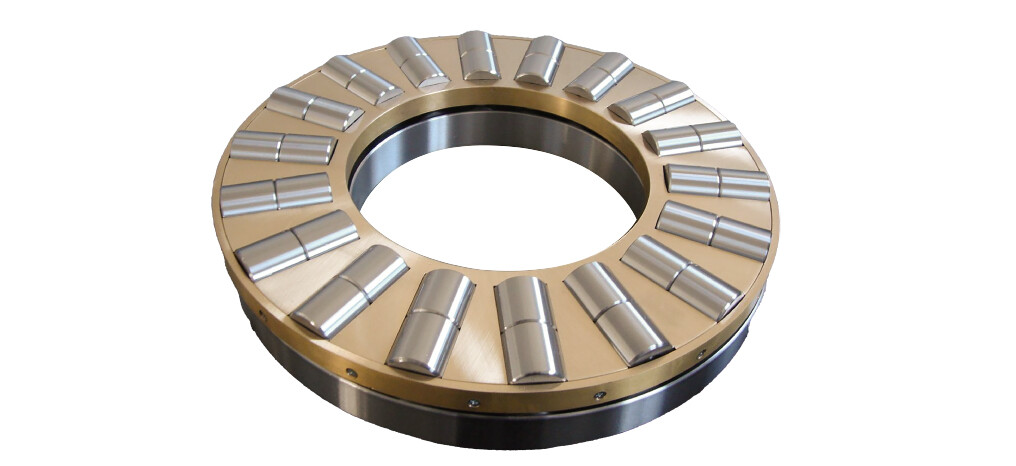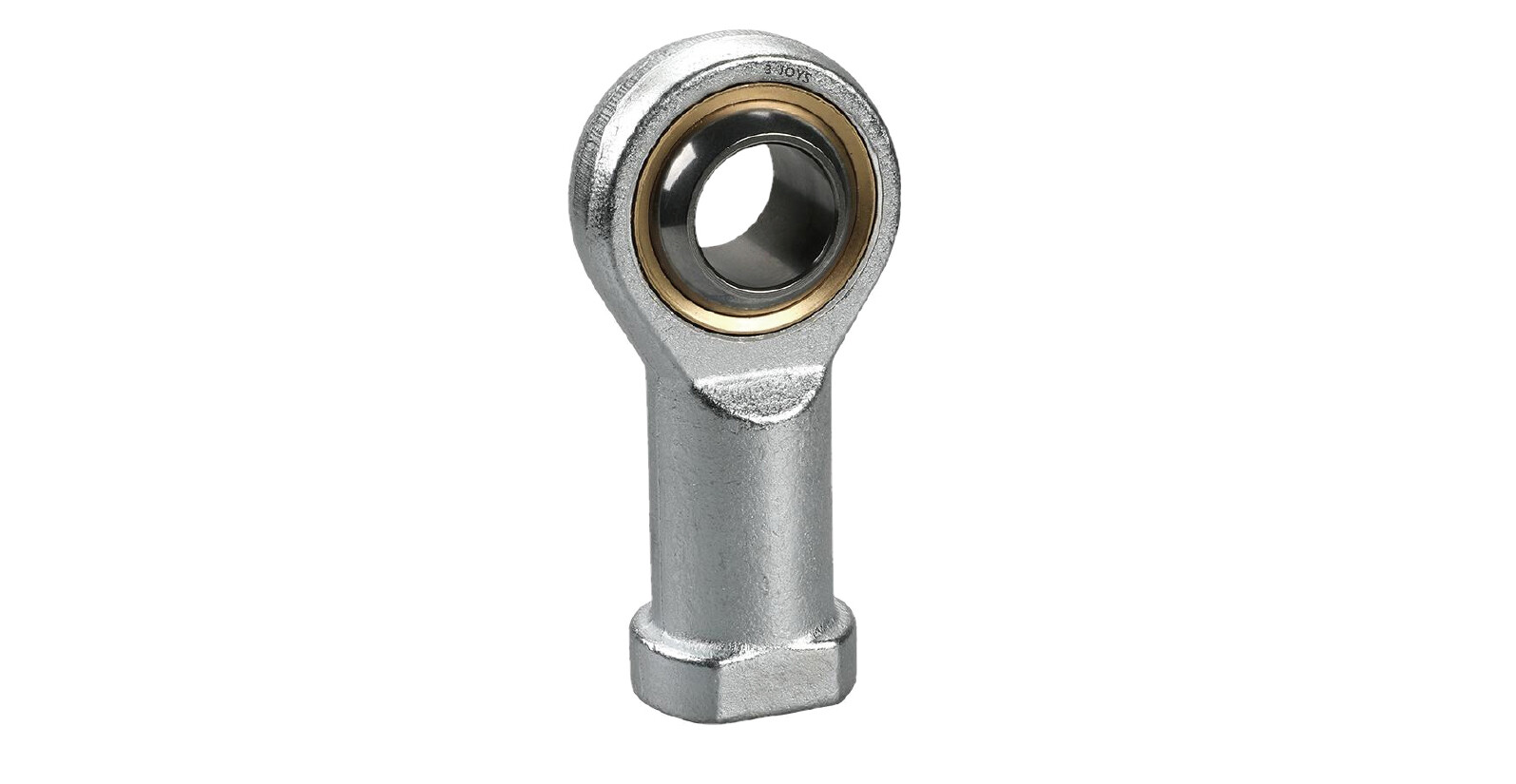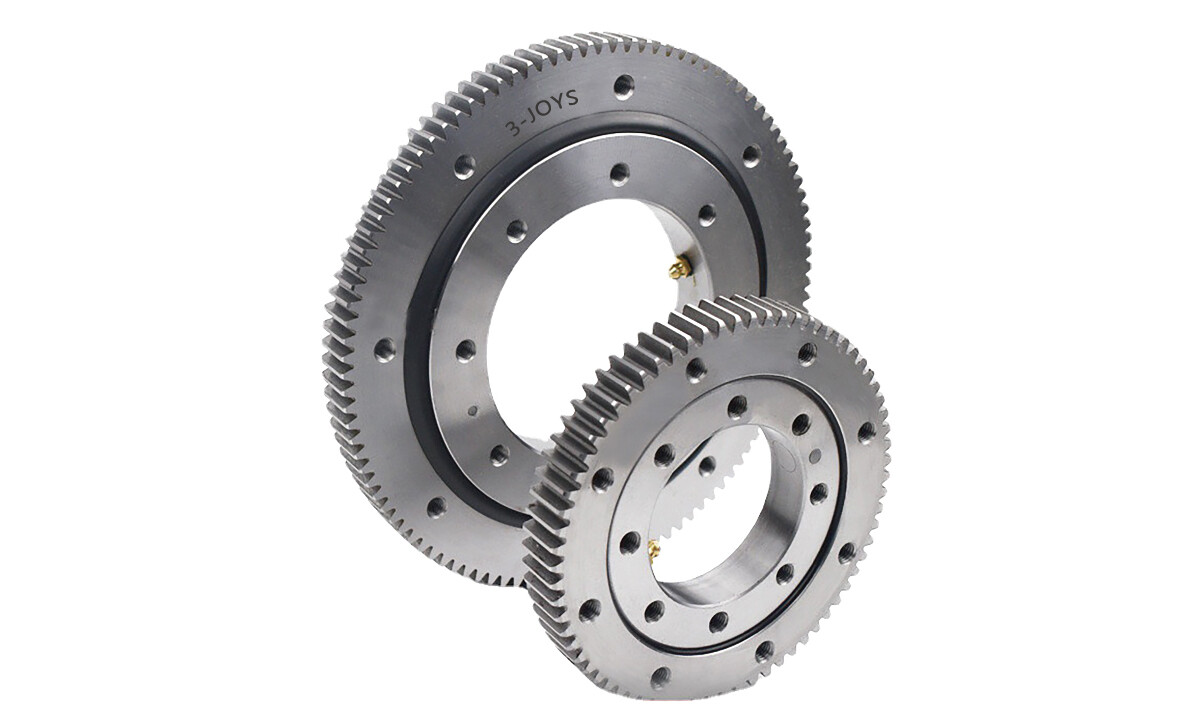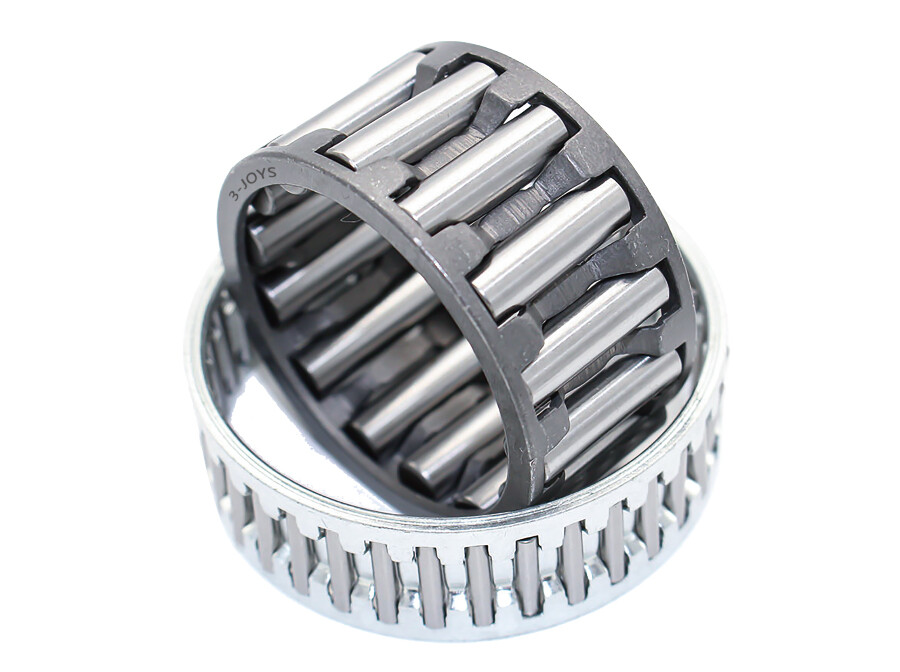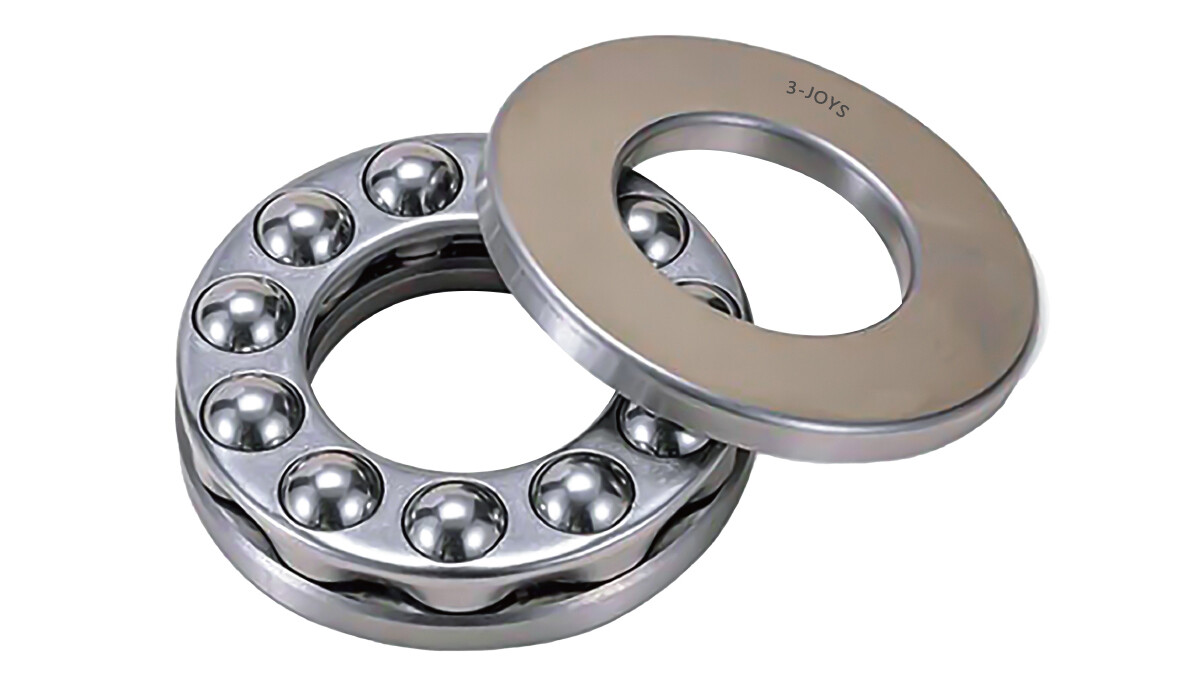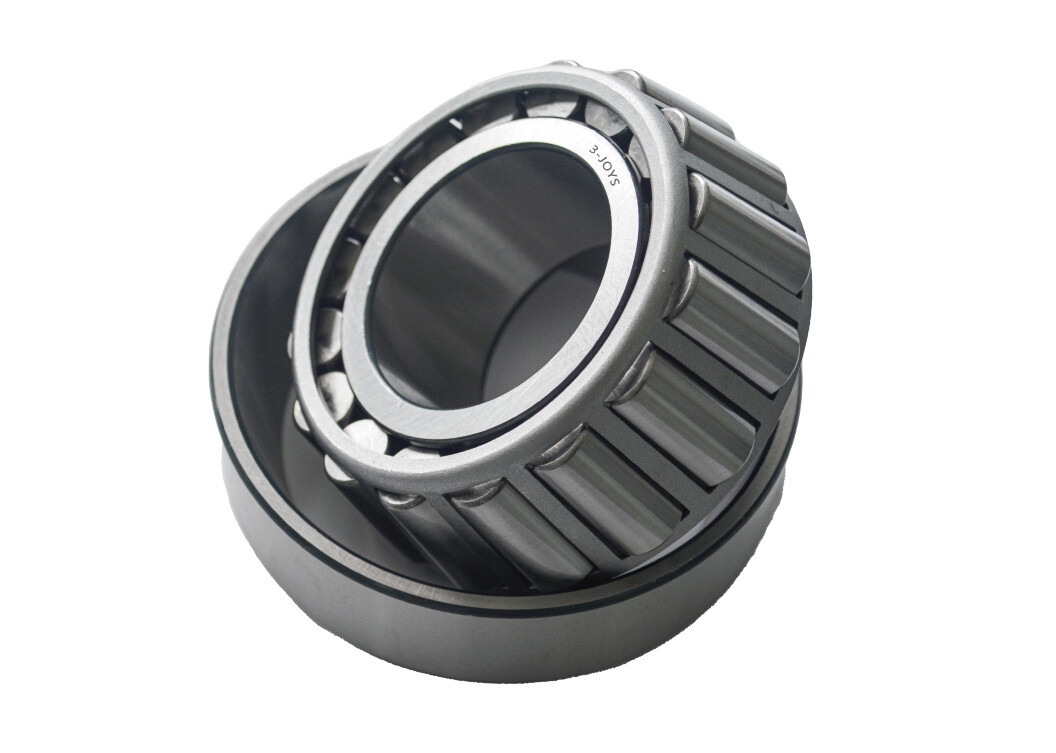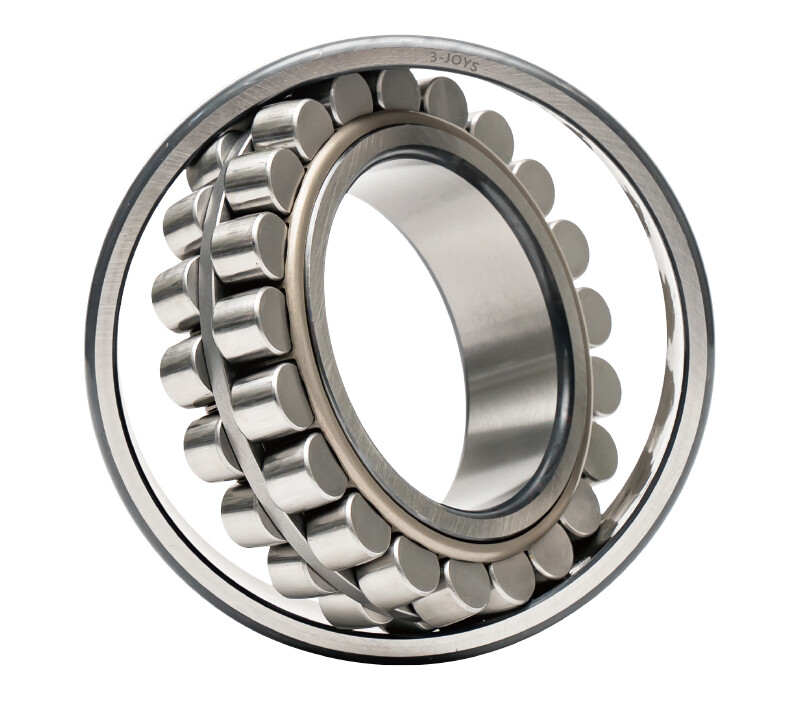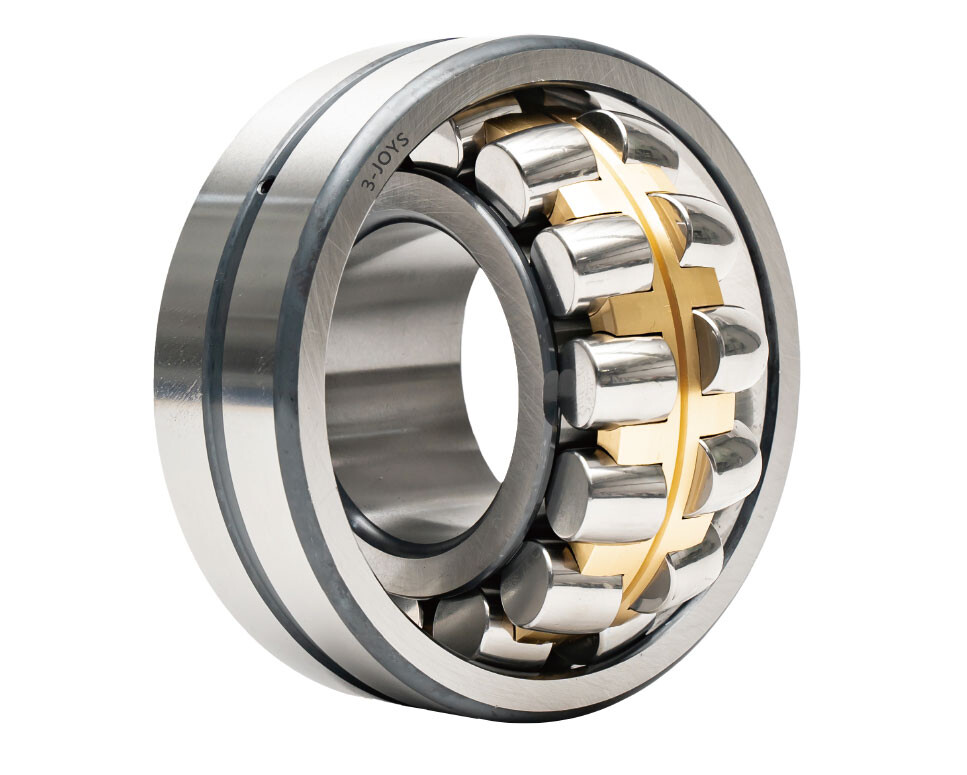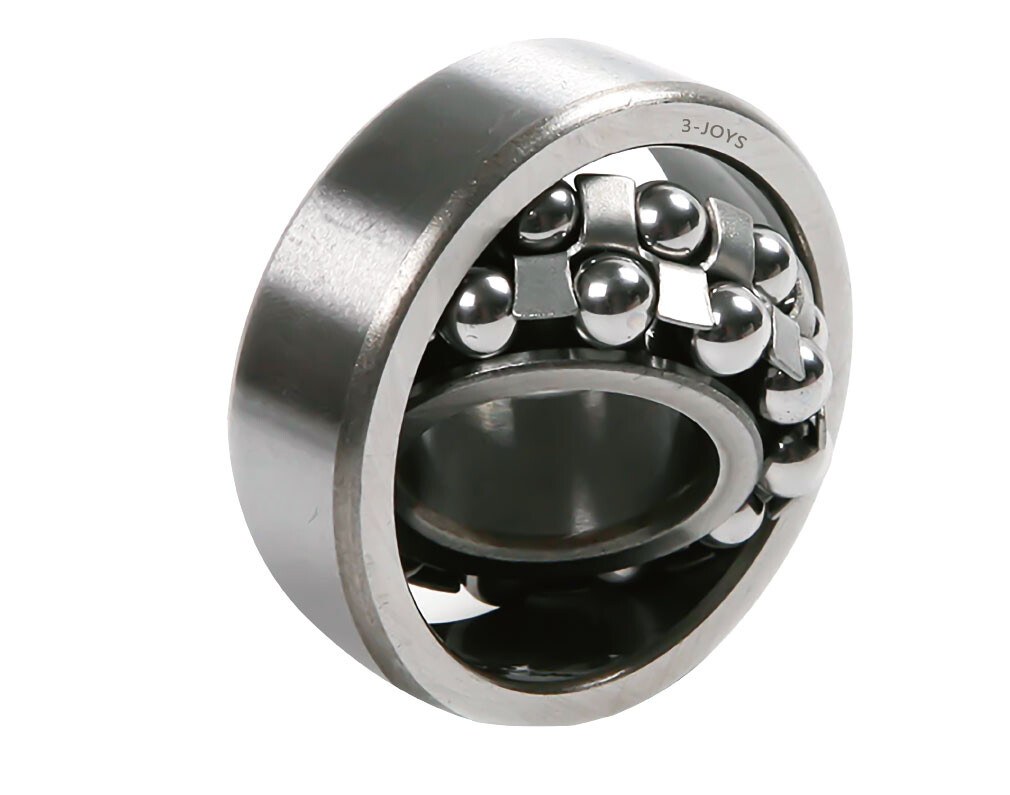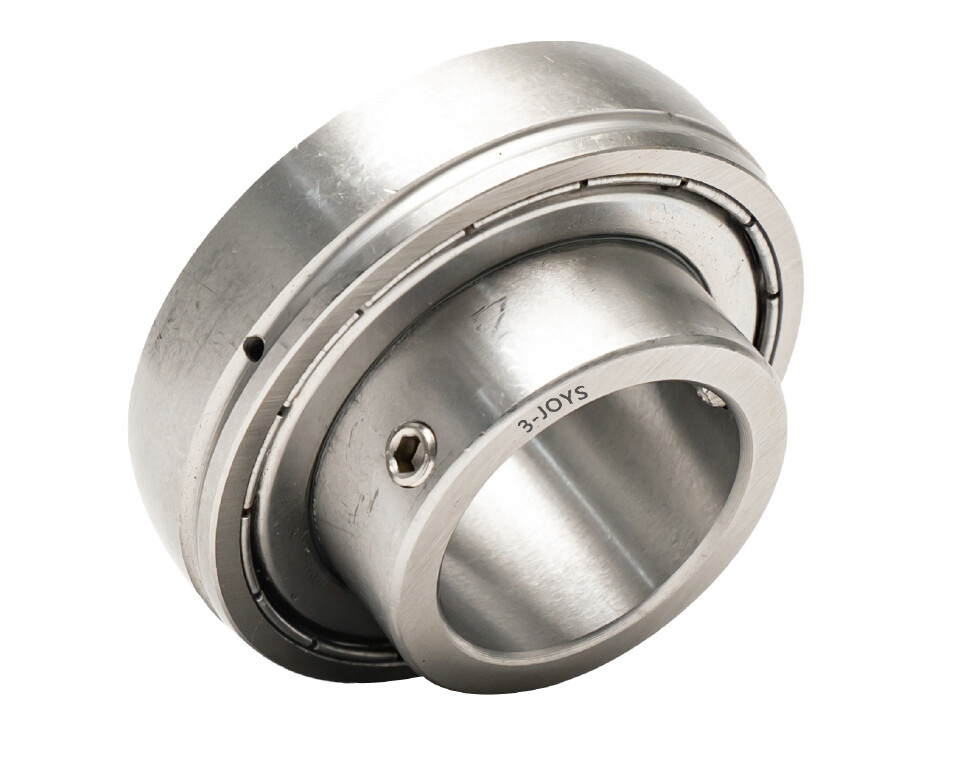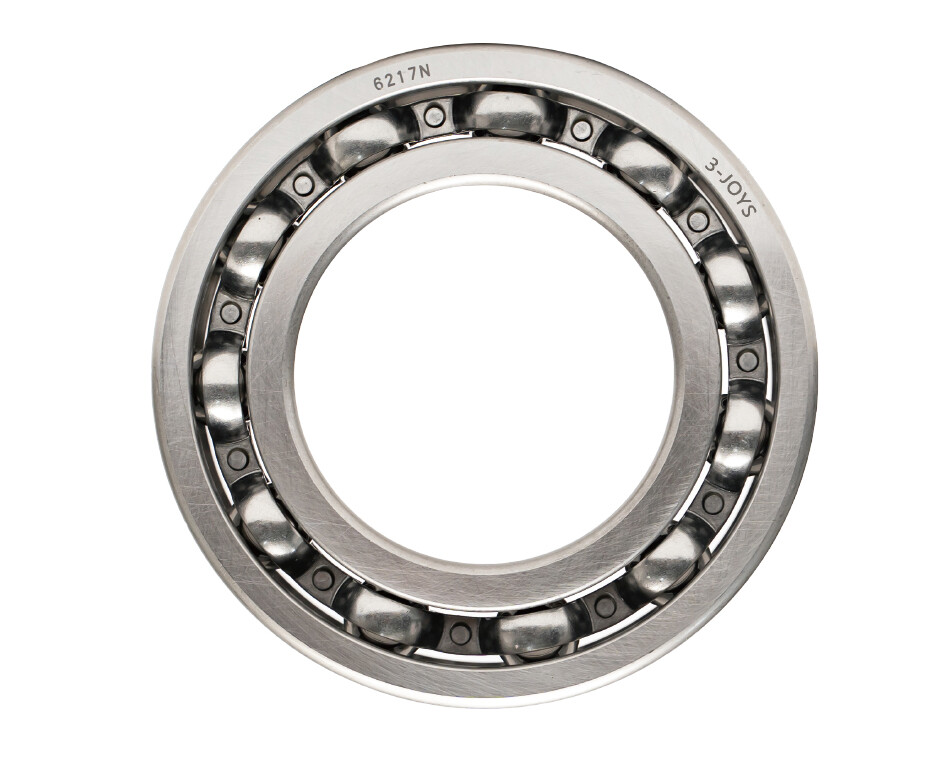PRODUCTS
Angular contact ball bearings
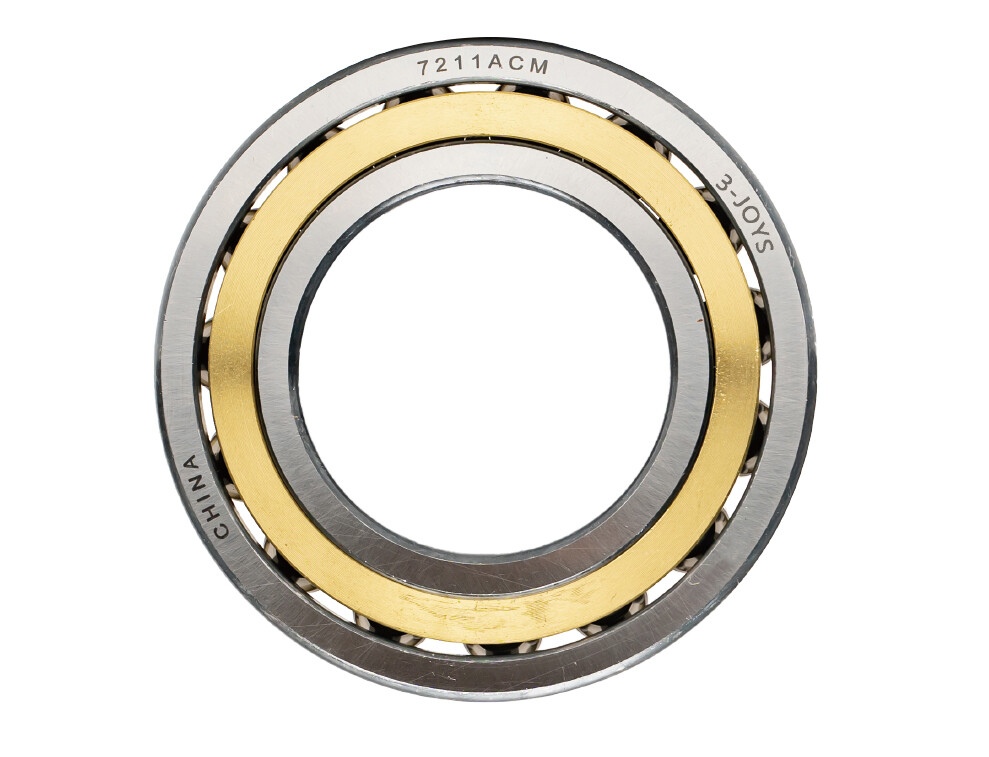
Angular contact ball bearings, similar to deep groove ball bearings, can support both radial and axial loads, but difference is they have a higher limiting speed and can support more axial loads, or pure axial loads, which increases as the contact angle increases.
They are mainly used in high-speed rotating applications with light or medium loads, where high precision, high speed, low temperature rise, low vibration and a long service life are required.
They are often mounted in pairs as a support for high-speed spindles and are a key component of high-speed spindles for internal surface grinders.
Common types of contact angles are 7000C (∞=15°), 7000AC (∞=25°) and 7000B (∞=40°).

The structure of double row angular contact ball bearings is designed by arranging two single row angular contact bearings back-to-back, and so they can take a bi-direction axial load in one bearing.
Four-point contact ball bearings are radial single row angular contact ball bearings with raceways that are designed to support axial loads in both directions. Normal operation can only be ensured when there is a two-point contact. Therefore, two-point contact is generally used for purely axial loads or combined loads where axial loads are significant.

Main application areas: Machine spindles, high-frequency motors, combustion turbines, separators, small car front wheels, differential micro-gear shafts, booster pumps, drilling rigs, food machinery, indexing heads, refinishing machines, low-noise cooling towers, electromechanical equipment, painting equipment, machine tool grooves, arc welders
The cages used in the ball bearings are made of stamped steel, stamped or machined solid brass and engineering plastics. Plastic cages are available in PEEK, polyamide resin (PA46, PA66), glass fibre reinforced polyamide resin (PA46-GF15/25/30, PA66-GF10/15/25/30) and textile-laminated phenolic resin. The choice of material depends on the speed, operating temperature and the loading level.

To counteract the axial loads, they need to be arranged in pairs or more. The basic combinations options are: back-to-back(DB), face-to-face (DF), tandem (DT).

RELATED PRODUCTS

